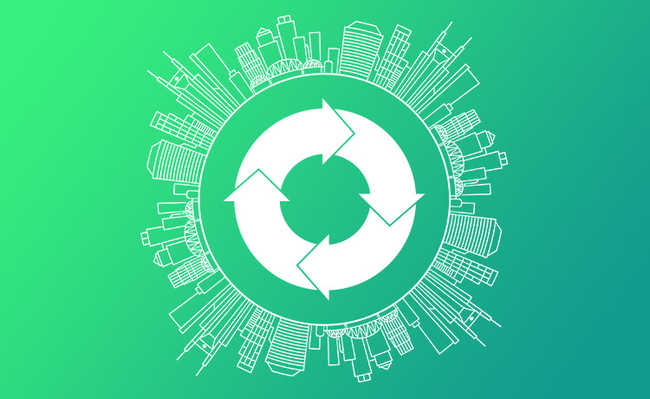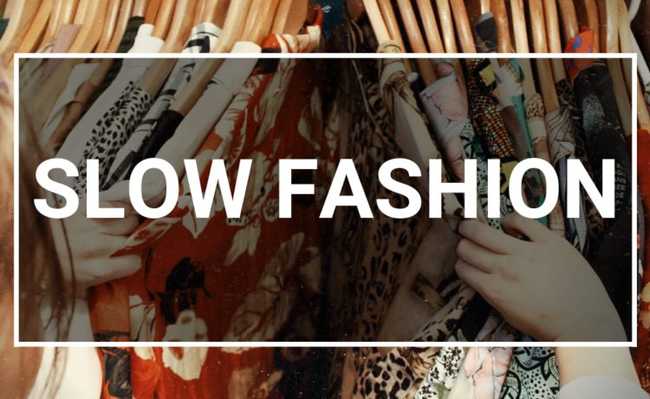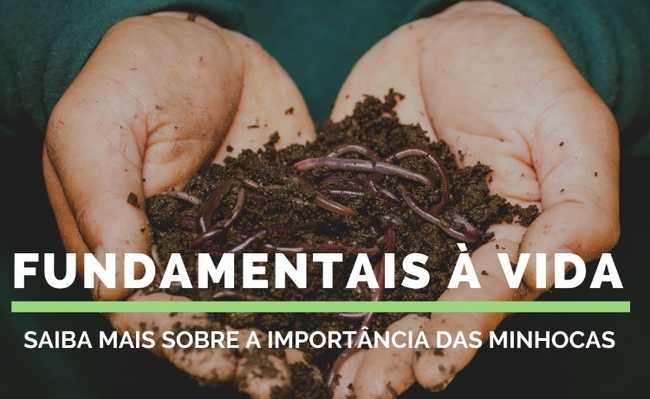What is Circular Economy?
The circular economy proposes a change in the entire way of consuming, from product design to our relationship with raw materials and waste

Image of Gordon Johnson and kmicican in Pixabay
Have you ever stopped to think about how the planet's intelligence works? This large living organism generates and self-regulates in a cyclic process. Energy is provided by the Sun in abundance and all the “garbage” of one species is food for another. Everything is born and then it dies and becomes energy for the environment again. The cycle works in harmony - or it should. Human beings increasingly unbalance that balance and make it difficult for ecosystem services to support or recover. However, some scholars point out that the circular economy can be a solution to minimize the human impact on the environment.
The circular economy system added several concepts created in the last century, such as: regenerative design, performance economy, cradle to cradle – from cradle to cradle, industrial ecology, biomimetics, blue economy and synthetic biology to develop a structural model for the regeneration of society.
The circular economy is a concept based on the intelligence of nature and that is opposed to the linear production process, where waste is an input for the production of new products. In the environment, leftover fruit consumed by animals decomposes and becomes fertilizer for plants. This concept is also called “cradle to cradle” (from cradle to cradle), where there is no idea of waste, and everything continuously serves as a nutrient for a new cycle.
Carrying this dimension to the product industry, the production chain would be rethought so that used appliance parts, for example, could be reprocessed and reintegrated into the production chain as components or materials for the manufacture of other electronic products.
Circular economy is the science that rethinks economic practices, going beyond those famous three "R"s - reduce, reuse and recycle - as it unites, at least in theory, the sustainable model with the technological and commercial pace of the modern world, that cannot be ignored.
Currently, our production system works in a linear way, which is not sustainable due to the excessive exploitation of natural resources and the large accumulation of waste. We explore the raw material, produce goods and then dispose of them. Planned obsolescence generates waste that does not receive new uses and accumulates exponentially. Compared with countries in Latin America, Brazil is the champion of waste generation, producing around 541,000 tons per day, according to data from the United Nations.
- Learn more in the article "What is solid urban waste?"

In addition to the waste generated, the depletion of raw materials is also a major concern. According to the report of the Ellen MacArthur Foundation – an organization that studies and encourages the adoption of the circular economy - around 82 billion tons of raw material are introduced into the world's production system each year.
How would it be possible to change this paradigm?

Icon by kmicican in Pixabay. Image by eCycle Portal
And if, instead of the model in which non-biodegradable materials are discarded, such as washing machines, smartphones, televisions, was there another one in which these materials returned to the production cycle? If they were taken back to their respective factories, dismantled, optimized and brought back to us? The economy profits from the absence of waste - and so does the planet! Instead of a final stretch for the products, a new cycle: transforming residues into inputs, into new raw materials. There are new “R”s that come in: restorative and regenerative economics. What was an end is just a new beginning.
For sustainable development, one must control finite stocks and balance renewable resources. A first step is to dematerialize products and services (a system that values function, utility and not so much the product itself). In addition, there is a need to improve efficiency in the creation of products and in the reuse of solid waste. In terms of design, the products must be made with easily recyclable and non-hazardous materials (pure, non-toxic and segregable substances). It is critical to reduce contamination to maximize material circulation. Objects must be designed for remanufacturing, renovation and recycling. Articles with components and materials at the highest level of utility, both in the technical and biological cycles, optimize the production of resources. In this way, components and materials continue to circulate and contribute to the economy.
The circular economy follows a rational use of resources. With the cascading use of materials, they stay in the economy as long as possible. After a product reaches the end of its cycle for the first consumer, it can be shared and its use expanded. After the depletion of reuse of the artifact, it can be material for upcycling (reuse), refurbished, remanufactured and, as a last step, recycled. Current recycling alternatives operate on consumer goods that were not designed with this care. The circular economy is based on the proposal to deconstruct the concept of waste with the evolution of projects and systems that favor natural materials that can be fully recovered.
Ellen MacArthur Foundation
THE Ellen MacArthur Foundation is specialized in spreading and supporting companies' shift to this new model, which is capable of generating more than a trillion dollars of profit for the global economy. A partnership network was created between companies (leaders and emerging) to collaborate in the collective leap towards this new structure. This union was called "CE100" (Circular Economy Hundred) and names like Coca-Cola, Unilever, Philips and Renault are on the list.
In addition to the commercial advantage, the partnership also creates a collective network for solving problems, provides the construction of a library with practical guides for the respective businesses to achieve success quickly, and enables mechanisms to integrate the circular economy within each company.
Does it sound like utopia to you? Well, know that many companies already adopt this approach. In partnership with Ellen MacArthur Foundation, Google wants to incorporate the concept of circular economy into the infrastructure, operation and culture of the company.
How does the deployment work?
The functioning of this system, however, does not depend only on the companies, but on everyone involved in the life cycle of a product, who need to understand their role in this new model. Consumption must be slowed down and aware. We live in a world with globalized production and trade relations, which is why there is a need to spread the concept of circular economy worldwide.
Several countries are aware of the importance and are progressively implementing the concepts. The National Solid Waste Policy (PNRS), a law implemented in Brazil in 2010, aims to ensure shared responsibility for the life cycle of products, reverse operation and sectorial agreement. Thus, all agents in the production cycle, consumers and public services must minimize the volume of solid waste generated and adopt practices that ensure that products are reintegrated into the production cycle. In China, the circular economy is part of the Clean Production Promotion Law, enacted in 2002. Measures such as eco-labelling of products, dissemination of information on environmental issues in the media and courses offered by educational institutions are important to familiarize society with the circular economy.
Circular economy gains strength with European ranking
Unlike Brazil, in the rest of the world there are important signs that the idea of transition to the circular economy and its regenerative practices is advancing.
The European Parliament recently approved a classification based on six objectives, which aims to guide public investments in the bloc's countries that need to reach targets already established in the climate agreements, in the guidelines against the pollution of rivers, seas and in international commitments in relation to waste.
With this, it is hoped that it will be possible to indicate initiatives that converge to the protection and regeneration of the environment, as well as discourage businesses that are packaged with ecological marketing, but that are not actually committed to a sustainable future. projects that contribute to at least one of the six environmental objectives contained in the classification:
- Mitigation of climate change;
- Adaptation to climate change;
- Sustainable use and protection of water resources;
- The transition to a circular economy;
- Prevention and control of pollution;
- The protection and restoration of biodiversity and ecosystems.
In detailing the item referring to the circular economy, the regulation considers that an economic activity contributes to the transition to the new model, if:
- Make more efficient use of natural resources in production, including sustainably sourced raw materials;
- Increase the durability, repairability, updating or reuse of products, in particular within the scope of manufacturing design;
- Increase the recyclability of products, including the recyclability of their different material components, by substituting or reducing the use of non-recyclable products and materials, particularly in terms of design and manufacturing;
- Substantially reduce the content of hazardous substances and replace substances of very high concern in materials and products throughout their life cycle, in line with the objectives set out in Union law, replacing these substances with safer alternatives and ensuring traceability;
- Extending the use of products, through their reuse, with a view to longevity, use for other purposes, disassembly, remanufacturing, updating and repair, and sharing of products;
- Intensify the use of secondary raw materials and improve their quality through high-quality recycling of waste;
- Prevent or reduce the production of waste, notably the production of waste in the context of the extraction of minerals and residues from the construction and demolition of buildings;
- Improve preparation for the reuse and recycling of waste;
- Increase the development of waste management infrastructure necessary for prevention, preparation for reuse and recycling, while ensuring that the resulting recovered materials are recycled as high quality secondary raw materials destined for production, thus avoiding conversion into products of inferior quality (downcycling);
- Minimize waste incineration and avoid waste disposal, including landfilling, in accordance with waste hierarchy principles;
- Avoid and reduce waste;
- Leverage any of the activities listed in the previous items.
In addition to this taxonomy of sustainable investments, an advertisement published in Financial Times was signed by CEOs from some of the world's largest companies and public administrators reaffirming their commitment to the transition to the circular economy. Signatories said they are committed to accelerating the transition with solutions for plastics, fashion, food and finance. The companies' commitment sets out guidelines for each production chain:
- Plastics: eliminate those that are not necessary, promote innovation in materials and business models and circulate all plastics keeping them in the economy and out of the environment.;
- Fashion: ensuring that clothes are used more often, can be transformed into new pieces and are made from safe and renewable materials;
- Food: redesign products and supply chains in order to regenerate nature, eliminate the concept of waste and connect production to local consumption where it makes sense;
- Finance: supporting companies in their transition to circular business models and mobilizing capital to advance the development of circular economy solutions.
Coca-Cola, Pepsico, Unilever, Nestlé, Veolia, Danone, Renault, H&M, L’Óreal and Amcor are some of the companies that signed the agreement. Representatives from France, Holland and the cities of London and São Paulo also signed the piece, together with the Foundation Ellen Macarthur.
Check out the video of Ellen MacArthur Foundation that illustrates in a simple way what circular economy is:
Also watch the video (in English).










